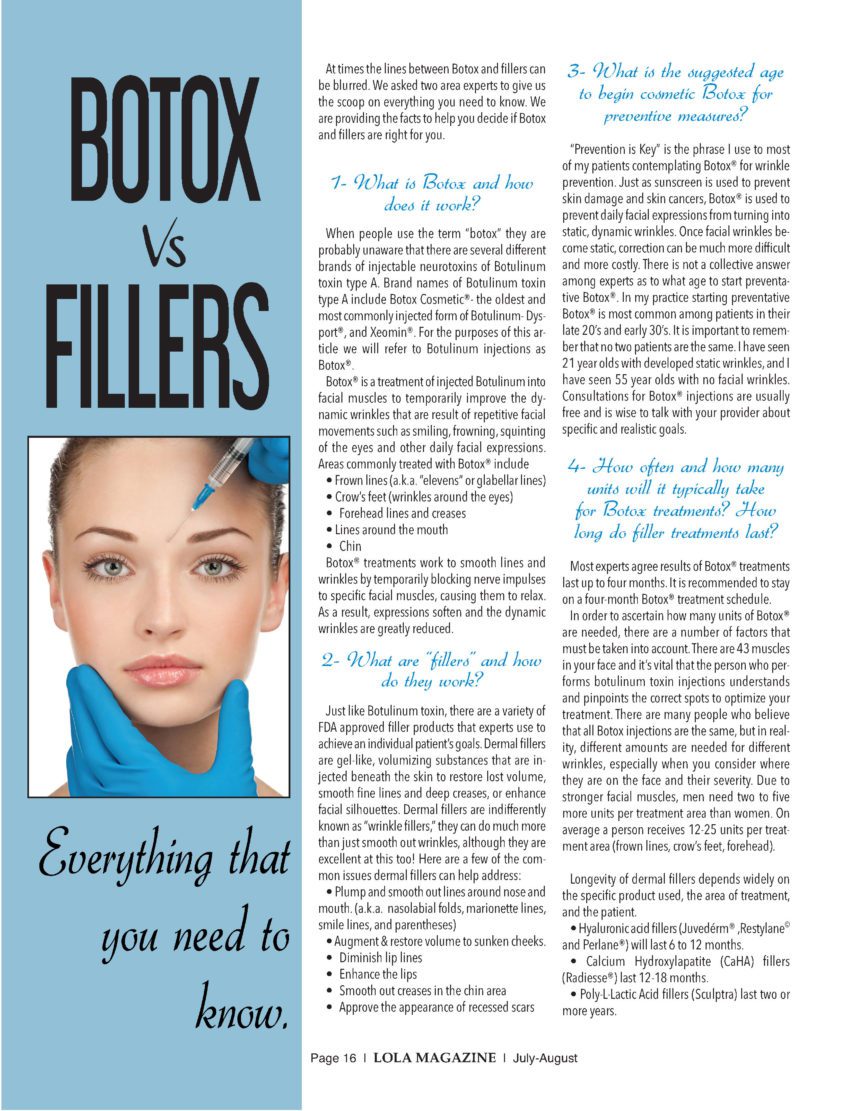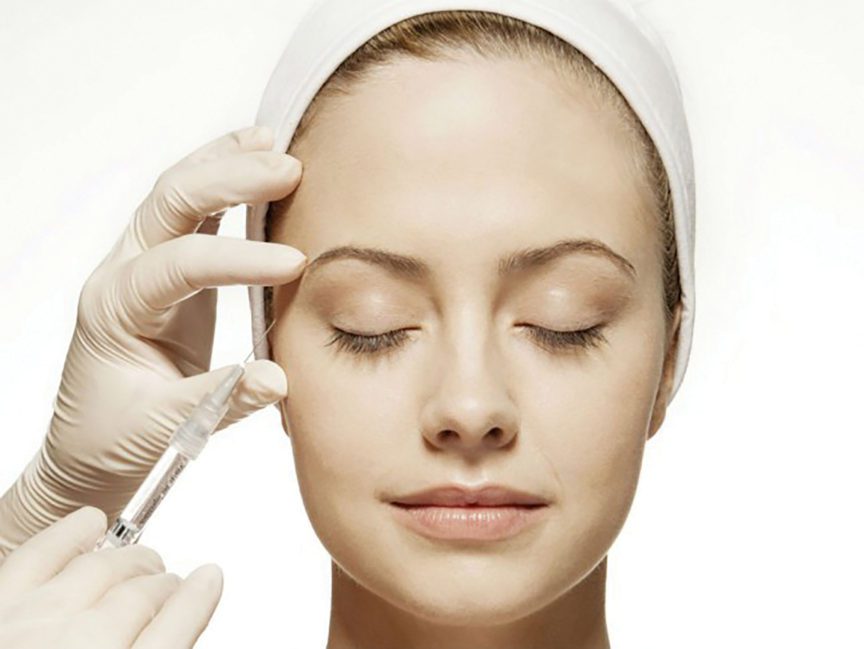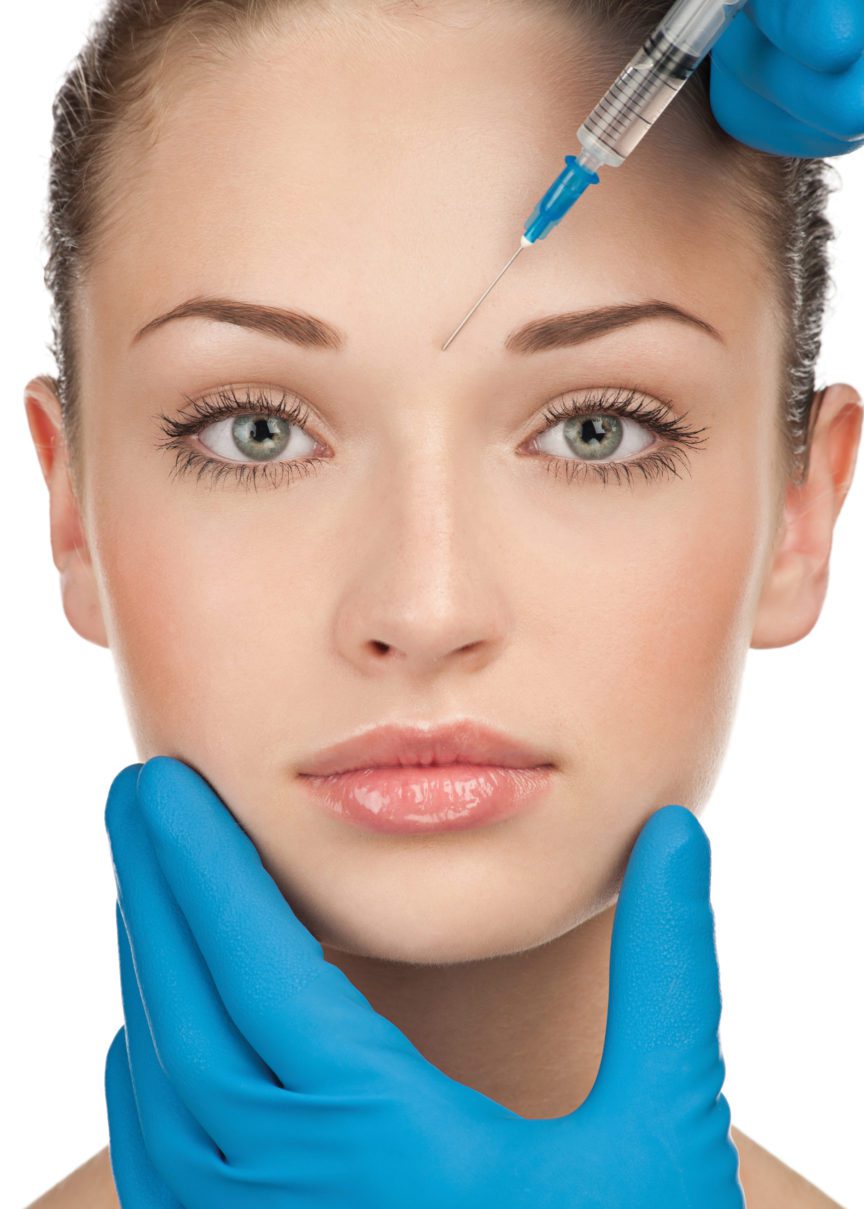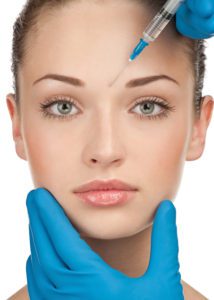
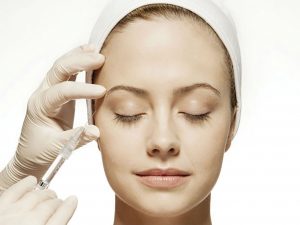 At times the lines between Botox and fillers can be blurred. We asked two area experts to give us the scoop on everything you need to know. We are providing the facts to help you decide if Botox and fillers are right for you.
At times the lines between Botox and fillers can be blurred. We asked two area experts to give us the scoop on everything you need to know. We are providing the facts to help you decide if Botox and fillers are right for you.
1- What is Botox and how does it work? When people use the term “botox” they are probably unaware that there are several different brands of injectable neurotoxins of Botulinum toxin type A. Brand names of Botulinum toxin type A include Botox Cosmetic®- the oldest and most commonly injected form of Botulinum- Dysport ®, and Xeomin®. For the purposes of this article we will refer to Botulinum injections as Botox®. Botox® is a treatment of injected Botulinum into facial muscles to temporarily improve the dynamic wrinkles that are result of repetitive facial movements such as smiling, frowning, squinting of the eyes and other daily facial expressions. Areas commonly treated with Botox® include:
- Frown lines (a.k.a. “elevens” or glabellar lines)
- Crow’s feet (wrinkles around the eyes)
- Forehead lines and creases
- Lines around the mouth
- Chin Botox® treatments work to smooth lines and wrinkles by temporarily blocking nerve impulses to specific facial muscles, causing them to relax. As a result, expressions soften and the dynamic wrinkles are greatly reduced.
2- What are “fillers” and how do they work? Just like Botulinum toxin, there are a variety of FDA approved filler products that experts use to achieve an individual patient’s goals. Dermal fillers are gel-like, volumizing substances that are injected beneath the skin to restore lost volume, smooth fine lines and deep creases, or enhance facial silhouettes. Dermal fillers are indifferently known as “wrinkle fillers,” they can do much more than just smooth out wrinkles, although they are excellent at this too! Here are a few of the common issues dermal fillers can help address:
- Plump and smooth out lines around nose and mouth. (a.k.a. nasolabial folds, marionette lines, smile lines, and parentheses)
- Augment & restore volume to sunken cheeks.
- Diminish lip lines
- Enhance the lips
- Smooth out creases in the chin area
- Approve the appearance of recessed scars
3- What is the suggested age to begin cosmetic Botox for preventive measures? “Prevention is Key” is the phrase I use to most of my patients contemplating Botox® for wrinkle prevention. Just as sunscreen is used to prevent skin damage and skin cancers, Botox® is used to prevent daily facial expressions from turning into static, dynamic wrinkles. Once facial wrinkles become static, correction can be much more difficult and more costly. There is not a collective answer among experts as to what age to start preventative Botox®. In my practice starting preventative Botox® is most common among patients in their late 20’s and early 30’s. It is important to remember that no two patients are the same. I have seen 21 year olds with developed static wrinkles, and I have seen 55 year olds with no facial wrinkles. Consultations for Botox® injections are usually free and is wise to talk with your provider about specific and realistic goals.
4- How often and how many units will it typically take for Botox treatments? How long do filler treatments last? Most experts agree results of Botox® treatments last up to four months. It is recommended to stay on a four-month Botox® treatment schedule. In order to ascertain how many units of Botox® are needed, there are a number of factors that must be taken into account. There are 43 muscles in your face and it’s vital that the person who performs botulinum toxin injections understands and pinpoints the correct spots to optimize your treatment. There are many people who believe that all Botox injections are the same, but in reality, different amounts are needed for different wrinkles, especially when you consider where they are on the face and their severity. Due to stronger facial muscles, men need two to five more units per treatment area than women. On average a person receives 12-25 units per treatment area (frown lines, crow’s feet, forehead).
Longevity of dermal fillers depends widely on the specific product used, the area of treatment, and the patient.
- Hyaluronic acid fillers (Juvedérm® ,Restylane© and Perlane®) will last 6 to 12 months,
- Calcium Hydroxylapatite (CaHA) fillers (Radiesse®) last 12-18 months.
- Poly-L-Lactic Acid fillers (Sculptra) last two or more years.
5- The different areas of use for Botox versus fillers. Botox® and fillers, although separate products, go better together than alone; just like peanut butter and jelly- they are a perfect combination. Botox and fillers work differently, so a combination of those treatments works better than either treatment alone. Botox paralyzes the underlying facial muscle, while fillers plump the skin and smooth out fine lines and wrinkles.
6- Are there any negative side effects for each? As with any procedure there is always a risk of side effects or unwanted results. Botox® and filler treatments are generally safe, but do come with unlikely risks. Botox® side effects and complications can include:
- Bruising and pain at the injection site (most common side effect)
- Flu-like symptoms
- Headache
- Nausea
- Redness
- Temporary facial weakness or drooping
- Very rarely, the toxin can spread beyond the treatment area, which can cause botulism like signs and symptoms such as breathing problems, trouble swallowing, muscle weakness, and slurred speech.
**In my practice of over a decade, I have never witnessed side effects beyond bruising, redness or drooping of the eyelids.
Complications from dermal fillers are uncommon. Potential risks vary depending on the specific filler used and the relative permanence of the filler substance and include:
- Acne-like skin eruptions
- Asymmetry
- Bruising, bleeding from the injection site, swelling (most commonly seen)
- Damage to the skin that results in a wound and possible scarring
- Infection at the injection site
- Lumps
- Palpability of the filler under the surface of the skin
- Skin rash with itching
- Skin redness Under- or over-correction of wrinkles
**In my practice of over a decade, I have never witnessed side effects other than bruising, swelling and under-correction. The most commonly reported side effects for dermal fillers are temporary injection-site redness, swelling, pain/tenderness, firmness, lumps/bumps, bruising, discoloration, and itching. They are typically mild and last less than two weeks.
7- Does it hurt? I do not believe in the phrase “beauty is pain.” Facial injection procedures are not painless, but I never describe them as painFUL. Most injectors use a combination of techniques to make the treatment more comfortable. Topical numbing creams such as benzocaine, lidocaine, and tetracaine are typically applied to the skin 10-20 minutes prior to any injections. This helps numb the skin so the injection is felt much less. Ice is also a good way to numb the area to be treated and is also used after treatments to minimize swelling and bruising. While injections are not painless, they are generally well tolerated.
8- Who should avoid these treatments? (medical conditions, pregnant, breastfeeding) In most cases facial injections are safe. Conditions that are a contraindication for Botox® procedures include:
- Any muscle or nerve conditions such as ALS or Lou Gehrig’s disease
- Myasthenia Gravis
- Lambert-Eaton syndrome
- Any condition that affects the ability to swallow or breath.
- Pregnancy or nursing
- There are certain medications that can affect Botox®, so be sure to inform your provider of all prescription and non-prescription medications.
Conditions that are a contraindication of dermal fillers include:
- Severe allergies, marked by a history of anaphylaxis or history or presence of multiple severe allergies
- A history of allergies to gram-positive bacterial proteins
- A history of allergy to lidocaine, as most dermal fillers contain lidocaine
With the help of an experienced, qualified provider, Botox® and injectable fillers can provide natural-looking enhancements to minimize age and maximize beauty. The American Society of Plastic Surgery recommends selecting a physician’s office where the surgeon is board certified by the American Board of Plastic Surgery (ABPS). By choosing a member of the American Society of Plastic Surgeons, you can be assured that you are choosing a qualified, highly trained plastic surgeons and staff.
*Information provided by Forrest Wall MD FACS and Julianna Aaron FNPC, The Plastic Surgery Center.

